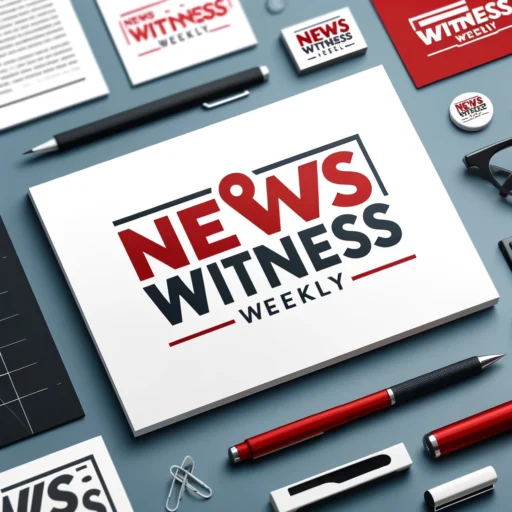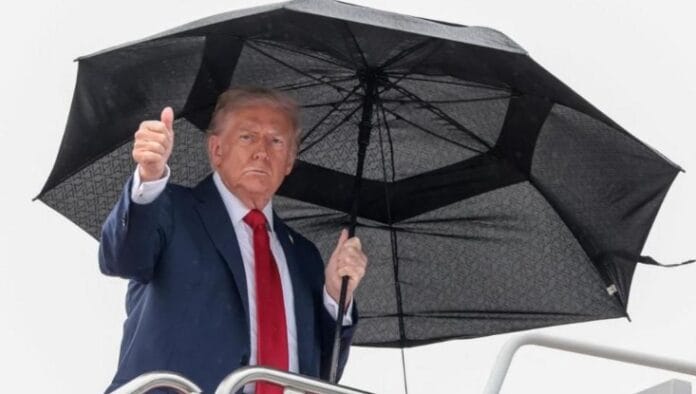In a dramatic escalation of diplomatic theatre, US President Donald Trump declared that the “war is over” as he boarded Air Force One en route to the Middle East, aiming to personally oversee the release of hostages from Gaza under a newly brokered ceasefire agreement. But as the dust settles over Gaza’s fractured skyline, global observers are asking: Is this the end of violence, or just a pause?
A High-Stakes Exchange
The agreement sees Israel releasing 250 Palestinian prisoners and 1,700 Gaza detainees, including two dozen children, in return for the release of Israeli hostages held by Hamas. Prime Minister Benjamin Netanyahu called it “the beginning of a new path,” yet cautioned against premature optimism, highlighting “very big security challenges” that remain.
While families of hostages and detainees wait with bated breath, violence hasn’t entirely abated. Clashes between Hamas and the Dughmush clan in Gaza City have already claimed at least 27 lives, reflecting underlying tensions that no diplomatic summit can paper over.
A Summit in Sharm El-Sheikh – Hope or Hype?
At the coastal Egyptian resort town of Sharm El-Sheikh, world leaders including Trump, UK Prime Minister Keir Starmer, and Palestinian President Mahmoud Abbas gathered for a peace summit hosted by Egypt’s President Abdel Fattah al-Sisi.
Starmer announced a £20 million UK aid package for water, sanitation, and health support in Gaza — a vital intervention as famine looms. However, critics question whether these humanitarian gestures can compensate for years of geopolitical negligence.
Trump, always a spectacle, claimed “everyone was cheering at one time” — referring to Muslim, Jewish, and Arab communities. While symbolically powerful, the realities on the ground paint a more sobering picture: aid trucks are bottlenecked at crossings, Gaza’s hospitals are overwhelmed, and Israel’s far-right ministers continue pushing for annexation of the West Bank.
Gaza’s Silent Aggravator
Amid the diplomacy and destruction, one force continues to act indiscriminately: climate change.
Gaza’s climate vulnerability has long been overlooked. Rising sea levels threaten coastal homes, and rising temperatures compound the energy and water crises. Already dependent on unreliable electricity grids and desalination plants, Gaza’s civilians face an even grimmer reality when conflict displaces infrastructure critical to surviving extreme weather.
This ceasefire may open humanitarian corridors, but it cannot halt the environmental deterioration that exacerbates food insecurity and disease outbreaks. Climate change is not a backdrop — it is a conflict multiplier.
Justice or Just Politics?
Reactions to the deal are sharply divided. Human rights advocates hail the hostage release as a humanitarian breakthrough, while critics — including some Israeli families — accuse world leaders of rewarding terrorism.
“Hamas cannot be a partner for peace,” said a representative from the Hostages and Missing Families Forum. Meanwhile, Hamas called the agreement a recognition of Palestinian resilience but demanded “practical steps” to end the occupation.
Adding to the diplomatic high-wire act is the question of future governance in Gaza. If Hamas loses control, who will fill the vacuum — the Palestinian Authority, or another faction?
A Fragile Path Forward
While Trump’s declaration that “the war is over” may serve his political narrative, the Middle East has long defied binary conclusions. The hostage deal is significant, but durable peace will require more than diplomacy — it demands dismantling the cycles of occupation, retaliation, and neglect that fuel perpetual conflict.
And unless the region also addresses the accelerating climate breakdown, any future peace may prove unsustainable — scorched by droughts, swept away by rising tides, and suffocated by environmental collapse.




